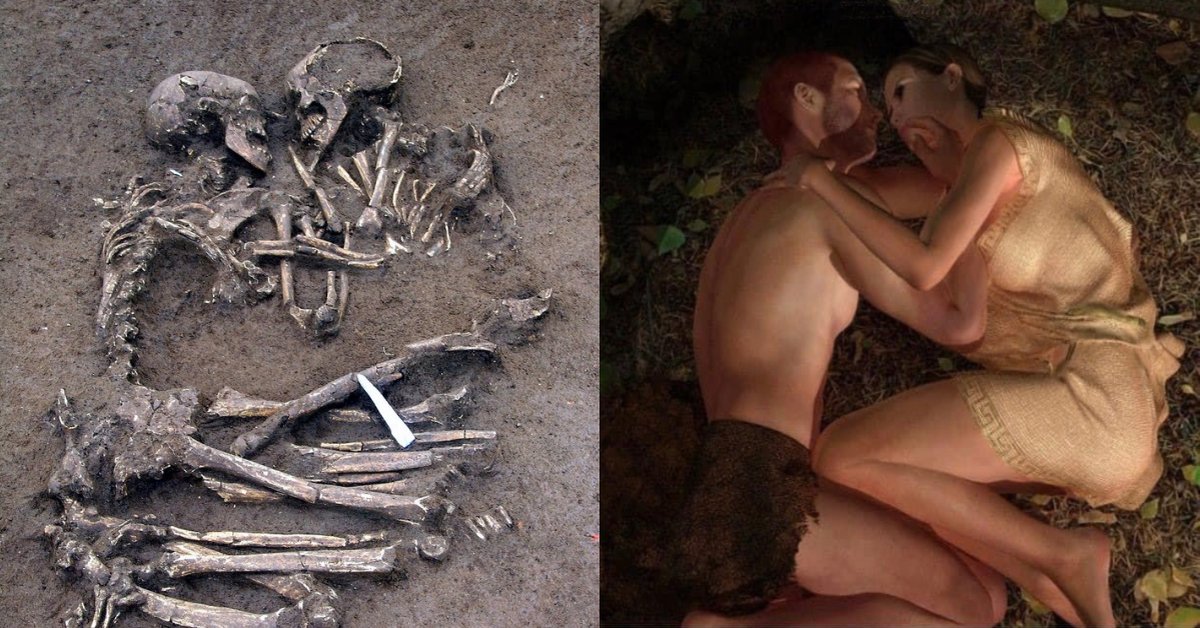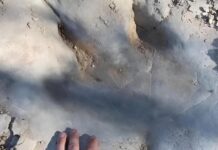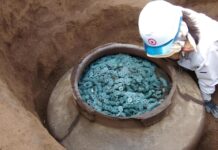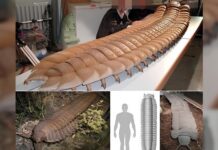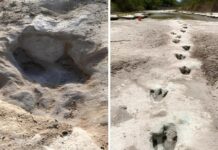In 2007, an archaeology team uncovered a Neolithic burial site in Valdaro, Italy, just before Valentine’s Day. A double grave comprising the bones of a male and a female was discovered among the 30 identified sites. The finding was remarkable because of the placement of the bones. They were discovered in a 6,000-year-old embrace, making them the Neolithic Romeo and Juliet.
The couple, both under the age of 20, were buried with flint implements. The male skeleton had a flint arrowhead near the neck, and the female had a lengthy flint blade down the thigh and two flint knives under the pelvis. However, because there was no sign of a violent death, the flint tools were most likely burial items.

Because double graves were unusual during the Neolithic period, the Valdaro Lovers’ location is unique. The experts believe they were purposefully positioned that way, which is why their finding sparked widespread interest. Although the bones were discovered only ten years ago, archaeologist Elena Maria Menotti, who supervised the dig, says it is impossible to characterize anything about them so fast. To have a deeper knowledge of the pair, each bone must be properly examined.

One thing is certain: it is rare for two young persons to die and be buried at the same time. Many people believe the couple was a pair of star-crossed lovers who perished in each other’s arms. The city of Mantua, near where the grave site was discovered, is the same location where Romeo was banished after murdering Tybalt in a swordfight in Shakespeare’s play. It’s probable that Shakespeare’s famous story was inspired by the Valdaro Lovers.

“It’s rare for two young people to die at the same time,” Luca Bondioli, an anthropologist at Rome’s National Prehistoric and Ethnographic Museum, said in an interview, “and that makes us want to know why and who they were, but it will be very difficult to find out.” Nonetheless, the discovery of the Valdaro Lovers remains a spectacular find, and their perpetual embrace is a monument to the power of love, even 6,000 years later.
